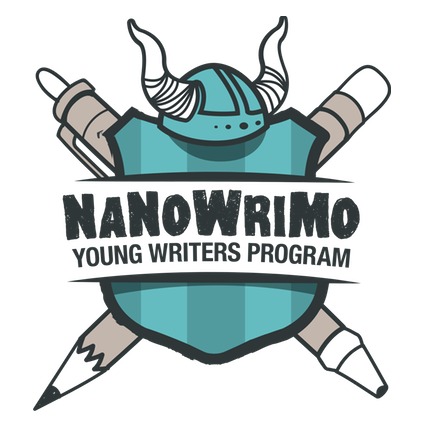The why and how of teaching perseverance in classrooms is an ongoing debate. Some have usefully argued that focusing on building an individual’s “grit” (a combination of perseverance and passion) is a distraction from more significant systemic issues such as poverty and ignores how many kids — especially those living in poverty — must develop persistence simply as a means of survival. Others bristle at the idea altogether, claiming grit is unteachable or suggesting too much perseverance can come at a cost. Proponents of grit, like Angela Duckworth, have acknowledged these criticisms while also arguing that sustained effort and interest are established and essential skills for learners.
While this important debate should continue, there’s one thing that’s hard to argue: Seeing a complex task — like writing — through to completion is a tough challenge for many youngsters. As educators, we can provide opportunities for our budding authors to pursue their passions, see persistence pay off, and be mindful about their goals and limits, leading to extraordinary, memorable learning — like for the sixth-graders who wrote and produced a play based on the books of Roald Dahl.
Check out these picks to help inspire perseverance in developing and experienced writers alike.
 NaNoWriMo Young Writers Program
NaNoWriMo Young Writers Program
Students will learn writing techniques and also get a true taste of the writing life as they work toward meeting their goal: a completed novel. NaNoWriMo Young Writers Program is structured like a contest, but everyone who finishes wins. With a 30-day time limit, students will have to do some time management, but the site uses tools like a word count to break the process into manageable steps, and students can use the forum to ask questions when they get stuck. NaNoWriMo takes the intimidating task of writing a novel and makes it achievable.





